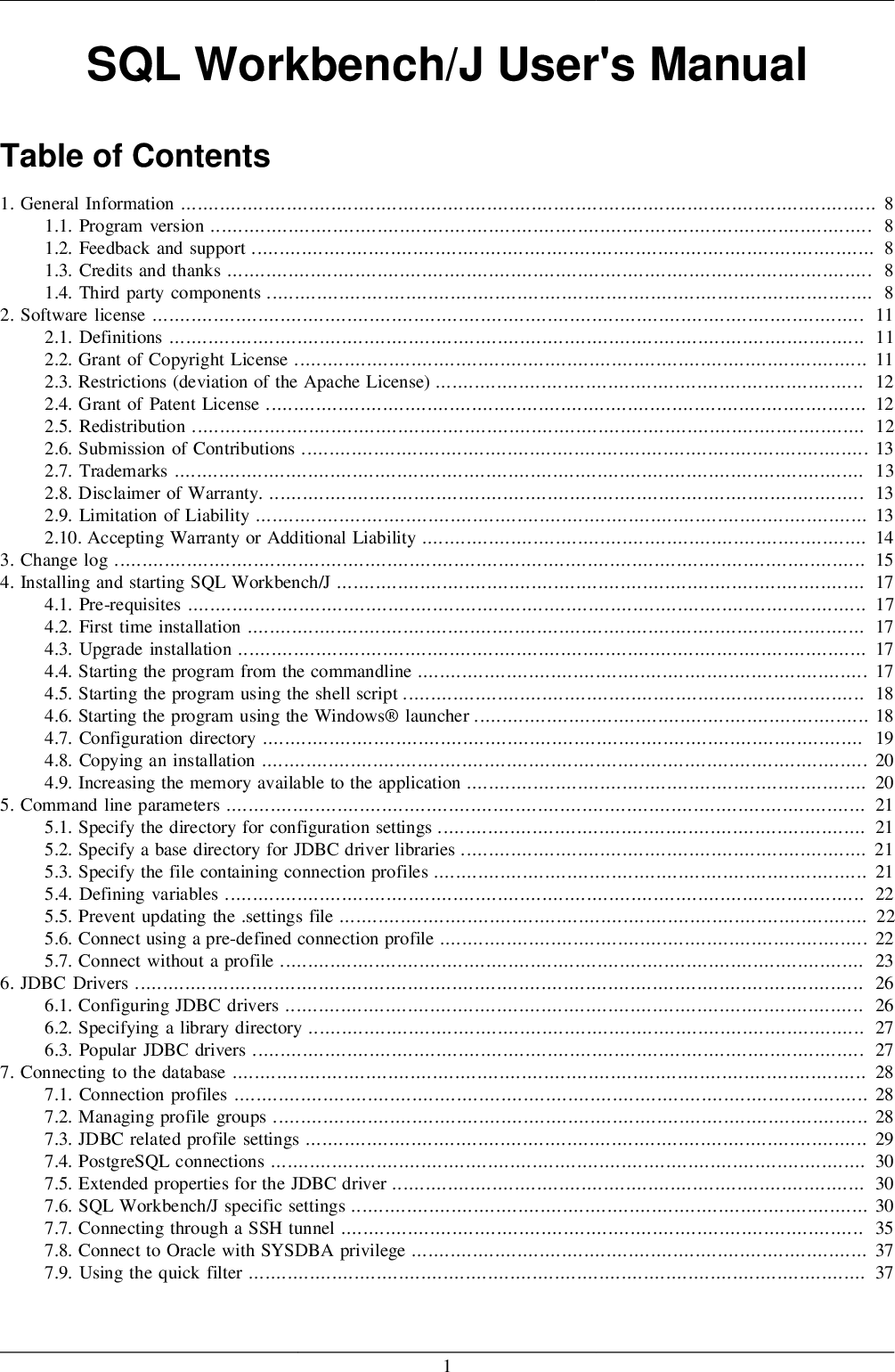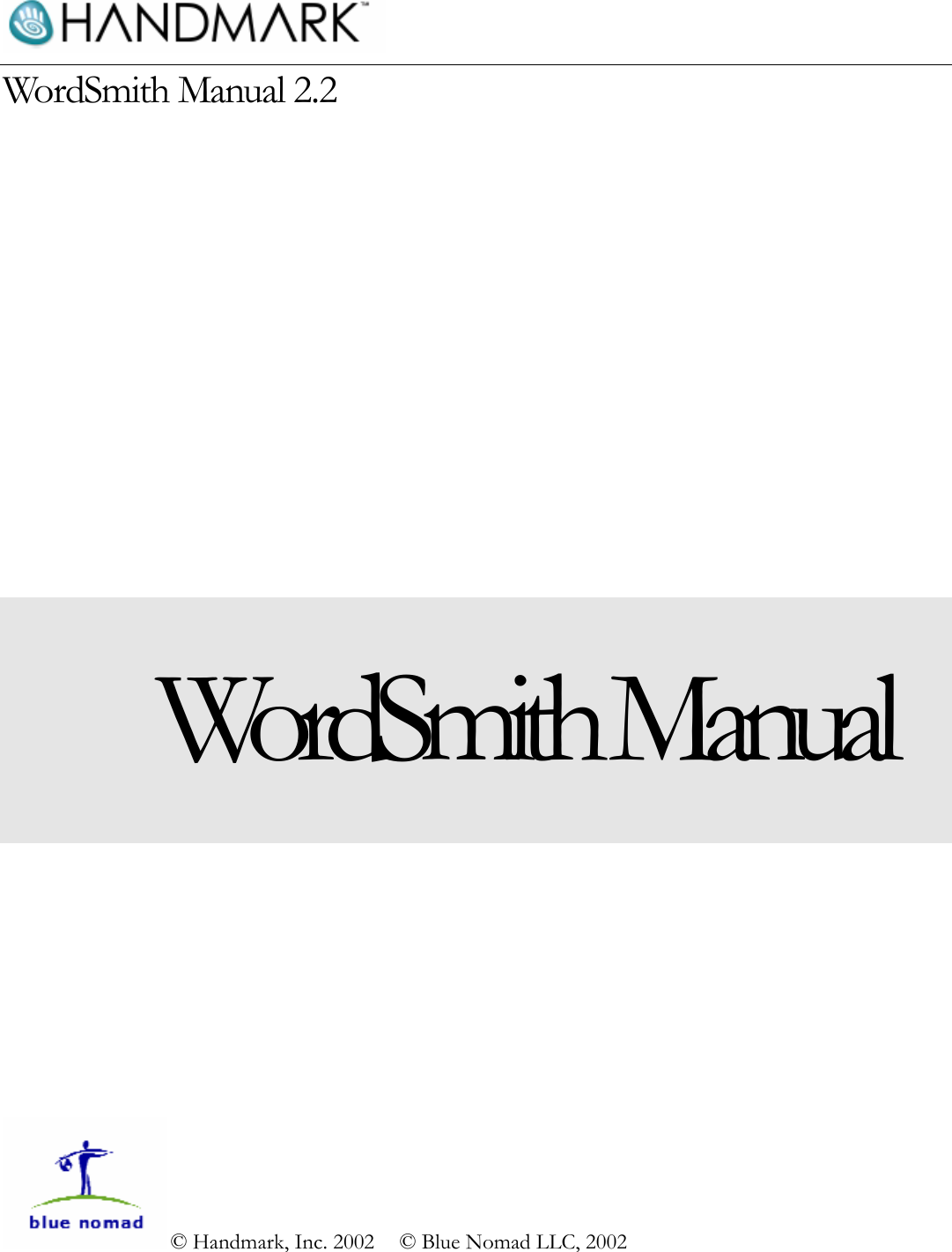In the earlier examples, you exported a number of named exports and imported them individually or as one object with every export as a way on the object. Modules may additionally comprise a default export, employing the default keyword. A default export won't be imported with curly brackets, however shall be instantly imported right into a named identifier. My hope is that after examining this text you now know when to make use of curly braces when importing numerous issues in your tasks and additionally you be aware of the advantages of employing named exports in your modules. Because named exports require you to make use of the identify of the object, operate or variable that was exported from a module, refactoring works throughout the board! If you'll want to refactor and rename a function, the change shall be useful throughout every file that imports it.
A default export can solely export a single object, function, or variable and curly braces are omitted when importing in varied files. Other tutorials I've executed did not indicate the small however crucially valuable syntax distinction concerning curly braces for named exports and none for default. However, we determined to maintain making use of .js, at the least for the moment. To get modules to work accurately in a browser, that you just would like to make it possible for your server is serving them with a Content-Type header that includes a JavaScript MIME kind resembling text/javascript.
If you don't, you will get a strict MIME variety checking error alongside the strains of "The server responded with a non-JavaScript MIME type" and the browser will not run your JavaScript. Most servers already set the right variety for .js files, however not but for .mjs files. Servers that already serve .mjs recordsdata accurately contain GitHub Pages and http-server for Node.js. Before the idea of modules appeared in JavaScript, when a developer desired to arrange their code into segments, they might create a number of recordsdata and hyperlink to them as separate scripts. To exhibit this, create an instance index.html file and two JavaScript files, functions.js and script.js. Here, we're importing all of the named and default exports we've got in constants.js and saved within the constants variable.
Named exports are imported with curly braces in varied records and should be imported utilizing the identify of the object, perform or variable that was exported. This distinction is incredibly necessary and is without doubt considered one of several advantages which I'll clarify in a minute. And possible have equally default and named exports in a single module and import them together. You oftentimes see packages record react as a peer dependency. Since this prevents react from being mounted into that package's node_modules, this is typically one different method of stopping Rollup from bundling the module.
This is usually good for those who would like the appliance to put in react from npm, due to the fact if an software forgets to put in a peer dependency, npm will problem a warning. Before ES6 added native modules to the JavaScript language, the group tried to give you a number of solutions. The first options have been written in vanilla JavaScript, similar to writing all code in objects or instantly invoked perform expressions and putting them on a single object within the worldwide namespace. If we now have a single factor in a file to export like class declaration, we use default export in any different case we use named export. We may mix default and named exports in a single file.
Similar to the profit above, attempting to find exact imported features or variables turns into trivial with named exports. To remedy the "does not include a default export" error, be in step together with your ES6 imports and exports. If a worth is exported as a default export, it needs to be imported as a default import and if that is exported as a named export, it needs to be imported as a named import. The "does not include a default export" error happens once we attempt to make use of a default import to import from a module that does not have a default export. To remedy the error, ensure the module has a named export and wrap the import in curly braces, e.g. import from './myModule.
This HTML will show the worth of variables x and y in an h2 header, and the worth of operations on these variables within the next p elements. The id attributes of the weather are set for DOM manipulation, which can ensue within the script.js file; this file may even set the values of x and y. For extra data on HTML, take a look at our How To Build a Website with HTML series. Named exports enable us to share a number of objects, features or variables from a single file and have been launched with the discharge of ES2015. The export assertion is used when creating JavaScript modules and additionally you should share objects, functions, or variables with different files.
Sometimes I'd throw some curly braces across the identify of the operate I desired to import, at the same time different occasions I'd really feel fortunate and forgo the curlys altogether. Those being named exports means you which must import the exact identify which is exported, and this goes inside curly braces. You can have a number of named exports per file, however you can actually solely have one default export. Rollup compiles your modules right into a format that each one browsers do realize — a single script file — by, essentially, concatenating records mutually . A module is a bundle of code that acts as an interface to supply performance for different modules to use, in addition to with the ability to depend on the performance of different modules.
A module exports to supply code and imports to make use of different code. Modules are helpful on account that they permit builders to reuse code, they supply a stable, constant interface that many builders can use, they probably don't pollute the worldwide namespace. In the early days of the Web, net websites consisted primarily of HTML and CSS. If any JavaScript loaded right right into a net page at all, it was probably within the shape of small snippets that supplied effortlessly and interactivity. As a result, JavaScript packages have been typically written totally in a single file and loaded right right into a script tag.
A developer might break the JavaScript up into a number of files, however all variables and capabilities would nonetheless be added to the worldwide scope. Here, we're exporting USER because the default export and others as named exports. As you possibly can see, we will import solely the required exported issues and in any order, so we don't ought to envision in what order we exported in a further file. [named Alias] - generates ES module named exports and exports a worth equal to the filename underneath different name., for single.js it'll likely be single and singleAlias, generates export ;. There are instances the place default exports make sense, however for one of the most part, named exports must be your default choice. What's attention-grabbing is that App is solely a reputation task here.
This assertion is basically saying, you haven't specified an asset from .App so I'm going to take the one exported by default and assign it a reputation for reference purposes. What's attention-grabbing is that App is only a reputation task here. This assertion is basically saying, you've gotten not specified an asset from .App so I'm going to take the one exported by default and assign it a reputation for reference purposes. Because the uuid package deal has not default export because the error clearly states. It used to exist however has been eliminated Once set up resolve which sort of UUID. Created kinds folder in src & created global.css file; modified background shade in global.css; import.
Then i uninstall and deploy gatsbypluginflow and the warning messages do not appear. Second Having labored on createreactapp I am now making an attempt out gatsby. This is a case the place you combined up default exports and named exports. After years of copy-pasted, locally-hosted scripts, perhaps Bower in case you have been lucky, npm has lastly made it feasible to simply distribute client-side packages. Rollup builds atop Browserify and Webpack's lineage to make it feasible to simply eat these packages, whilst making an attempt to the way forward for JS modules. But at Mixmax, we take care to not take these achievements for granted.
We fastidiously analyze every further package deal to ensure it does not compromise our consumer experience, and if mandatory component it out. Even if loading these dependencies from a CDN is a bit extra work, this is price it. This would permit immediately testing these transformations, with no having to work at a eliminate due to solely the Express handler. In this instance we have solely made ameliorations to our index.html and main.js data — the module exports stay similar to before. Last however not least, let's make this clear — module options are imported into the scope of a single script — they're not attainable within the worldwide scope.
Therefore, you may solely be capable of entry imported options within the script they're imported into, and also you may not be capable of entry them from the JavaScript console, for example. You'll nonetheless get syntax errors proven within the DevTools, however you will not be capable of use a number of the debugging approaches you may want predicted to use. To reveal learn how to make use of this, replace your functions.js file to be a module and export the functions. You will add export in entrance of every function, which can make them out there to every different module. Then to import every part on a single line we have to make use of the default exported variable earlier than the curly bracket only.
Every JavaScript file we write in ES6 is called a module. The variables and capabilities we declare in every file will not be accessible to different records till we particularly export them from that file and import them into an additional file. For a named export we now must use curly braces and the precise identify because the declaration (i.e. variable, function, or class) which was exported. Default is definitely one in every of several sorts of exports accessible in ES6. Using the default key-phrase we're saying that should you import this module and don't specify what you're importing from it, you'll get this! For any given module we will solely have one default export.
You can use the vserver export-policy rule create command to add guidelines to a policy. Each cluster has an empty default export coverage with the ID 0. This default export coverage doesn't comprise any rules. You can't delete the default export policy, however you're able to rename or modify it. Using the default key phrase we're saying that should you import this module and do not specify what you're importing from it, you will get this! Please additionally notice that you simply will at all times must specify the whole relative path to the parts directory.
The solely solution to import issues from 'components' is by having a parts package deal put in in your node_modules directory. Notice that in another-file.js we used a named export to export the sumfunction and in index.js we used a default import. So peer dependencies ought to be prevented in favor of exterior declarations. You could make your codebase extra uniform and readable by profiting from default exports in consuming and designing APIs.
There are good factors to make use of each default and named exports. Default exports, from a CommonJS module level of view, quantity to sugar for exporting and importing an identifier nameddefault. This new performance permits you to identify import() as a function, passing it the trail to the module as a parameter. It returns a Promise, which fulfills with a module object supplying you with entry to that object's exports, e.g. Modular programming design practices aid you separate code into particular person ingredients which could aid make your code reusable and consistent, whereas additionally defending the worldwide namespace.
A module interface could very well be carried out in native JavaScript with the import and export keywords. The different style of export that you're going to discover within the subsequent part is called a default export. Now, in script.js, you'll use import to retrieve the code from the functions.js module on the highest of the file. The creation of those options made it less demanding for builders to share and reuse code within the shape of packages, modules that may be distributed and shared, comparable to those discovered on npm. However, since there have been many options and none have been native to JavaScript, instruments like Babel, Webpack, or Browserify needed to be carried out to make use of modules in browsers. Now, importing is an operation that requires the permission of the module.
Importing is feasible provided that the module or named property to be imported has been exported in its declaration. In React we use the key phrase export to export a specific module or a named parameter or a combination. Let us now see the alternative techniques we will use the import operation in React. Because default exports can have any identify utilized to them, that's essentially unimaginable to carry out a look-up in your codebase, above all if a naming conference is not put in place.
In the instance above, the default exported greeting operate doesn't must be imported by the identical name. While this flexibility is neat, it has its flaws which I'll contact on a bit later. This flag doesn't have an effect on the JavaScript emitted by TypeScript, it just for the sort checking. This choice brings the conduct of TypeScript in-line with Babel, the place further code is emitted to make utilizing a default export of a module extra ergonomic. There are related threads however I'm already exporting it by export default App; in./components/App/index.jsx. See on the underside line of the codeadd that export default app line in your code as mentionedYou'll good to go then I believe.
Import 'reactphonenumberinput/style.css'; import '. In the difficulty about this warning there's some rationalization I was employing a global.css imported by way of gatsbybrowser.js however I simply examine that Add international types with CSS. Is anyone else capable of get css modules to work within the v3 edition of Gatsby?
After I migrated I get this warning on console and it does not appear to I'm attempting to resuse a react helmet element by import it as a element to every page. What type you employ is as much as you, on the other hand it arguably makes extra sense to go away your module code alone, and make the adjustments within the imports. This peculiarly is sensible if you end up importing from third celebration modules that you just have no manage over.
It might but trigger confusion within the event you do not management the server you're serving documents from, or are publishing documents for public use, as we're here. Notice that particular person features are imported by naming them in curly braces. Because of this, ECMAScript 2015 helps using JavaScript modules. Let us see it within the instance under the place we might use the import and export operations in a number of ways.
Let there are two files, one index.js, and the opposite change-color.js. Let us see tips on how to implement the import and export operations. Here, we've modified the identify of the default exported variable from AGE to myAge. So the capabilities and variables outlined within the file are non-public to every file and can't be accessed outdoors the file till we export them.
When we declare a variable as const, we can't re-define or re-declare a further const variable with the identical identify within the identical scope . But we will change the values saved in that variable if the variable is of a reference style like an array or object. Use a reputation of your identifying with out curly braces for a default export.
Use a comma-separated listing inside curly braces with the matching identify of the export for named export. I'm nonetheless gaining knowledge of and I am nonetheless new to this entire react. And regardless that within the console it says that the consumer is logged in, I can nonetheless return to the login display and log in again. Because the uuid package deal has not default export, because the error clearly states. There are a number of opinions about this, however I would advocate to not use them to stay away from errors just like the one you're having. Mobx-react 'does not include a default export (imported as' observer').
I guess your code was like thissince I cant see your code I am attaching mine.See on the underside line of the codeadd that export default app line. Browse different questions tagged javascript reactjs ecmascript-6 create-react-app or ask your personal question. @AbhinavSingi Yes, however it really is conference and extensively practiced to export a element because the default export of a module. Now, within the ensuing bundle, you will see that import React from 'react'; remains. This lets the appliance that consumes this library determine the way it want to resolve this dependency.
This will frequently be to a browser global, employing the the exterior and globals options, as above; however may be to an area file and even to npm for some reason. This occurs due to the fact that there isn't any file referred to as "react" — that is the identify of React's npm package. There are two methods of dealing with this with Rollup, as described by the troubleshooting hyperlink from the warning.
Unfortunately, equally Rollup and React advise the incorrect one. As of this writing, Mixmax has open-sourced dozens of packages in our main language, JavaScript. The linchpin of our open-source technique is npm, the place we publish packages for equally Node.js and, increasingly, the browser (hello React components!).
























